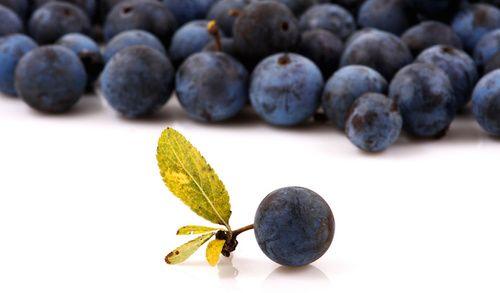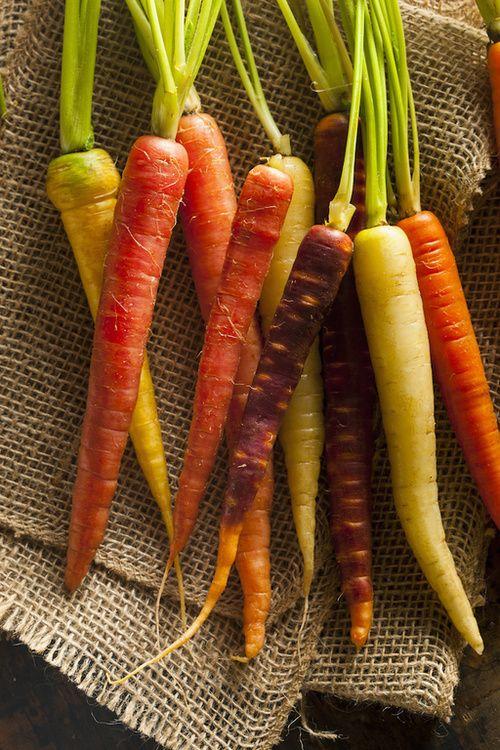Il maqui is an exotic fruit rich in Anthocyanins. From the antioxidant action, it is useful against cellular aging and for skin and heart health. Let's find out better.
> Calories, nutritional values and properties of maqui

Description of the fruit
There are not many exotic fruits, among those known and widespread around the world, a come from the temperate zones of South America: maqui (Aristotelia chilensis) is one of these few fruits, being native to the mountain areas between Chile and Argentina.
The fruit of the maqui consists of one berry about half a centimeter in diameter, bluish-black, with a pleasant flavor that can recall that of blueberry and elderberry, and is harvested between December and March, a period that corresponds to our summer.
The placing of the maqui fruit and maqui-based products on our markets follows a series of studies and articles referring to its antioxidant properties. The climatic conditions of Patagonia are not exactly ideal for the growth and development of fruits, which is why the maqui plant produces few berries, a characteristic that affects the price of the products.
Maqui, ally of
Skin and heart. For who wants counteract cellular aging, who wants to safeguard the general health, the good functioning of the joints.
Calories, nutritional values and properties of maqui
Maqui contains 50 kcal per 100 g.
In addition, 100 g of product contain:
- 0 g fat
- Cholesterol 0 g
- Sodium 11 mg
- G carbohydrates 10.7
- Fiber 2.5 g
- Sugar 3.5 g
The maqui berry has been consumed for centuries by the indigenous peoples of Patagonia, but more than as a real food as supplement and supplement to the normal diet, especially in case of fever or ailments such as diarrhea and inflammation.
The intense color of the berry already tells us that the main richness of the fruit consists of Anthocyanins, which are various and numerous (the main ones are the delphinidins and cyanidins) and which in addition to acting as pigments, have a strong antioxidant and protective power for the skin.
Maqui contains elements such as calcium, iron and potassium, but above all vitamins E (antioxidant and useful for hair care), ascorbic acid and pantothenic acid. Although scientific studies on this fruit are still scarce, results are noted that would highlight the effectiveness of maqui for the prevention of ischemia.
The maqui, like carrots, among the antioxidant foods: discover the others

Contraindications of maqui
Even if all the feedbacks that revolve around the maqui are positive and the fruit falls by right among the «superberries"And therefore among the so-called" superfruits ", being even considered superior to other berries such as açaì, goji and others, it is always good eat in moderation, especially the dehydrated ones in which the active ingredients are enormously concentrated.
As with all other foods rich in active ingredients, a more than moderate use in case of pregnancy and while taking drugs with which interactions may occur.
Curiosity
- Maqui is the Spanish name deriving from the term mapuche col quale il frutto veniva chiamato. In del paese è talvolta commercializzato come mirtillo patagoniano o Patagonian blueberry.
- The maqui berry is counted among the five known "most antioxidant" fruits.
How to eat maqui
Maqui berries are rarely found in our markets. With a little bit of effort we can find berries or berry pulp frozen.
Otherwise the alternatives are i maqui juices, maqui infusions and purees, freeze-dried maqui-based supplements (tablets, tablets, capsules, pearls, etc.), dehydrated maqui powder, dried maqui berries and, more rarely, maqui-flavored ice creams.
In collaboration with Giacomo Colomba
READ MORE
Maqui, the berry of eternal youth
Other articles on the maqui:
> The maqui among the antioxidant supplements
> Maqui berries among the natural antioxidant supplements
| Swide.com


























